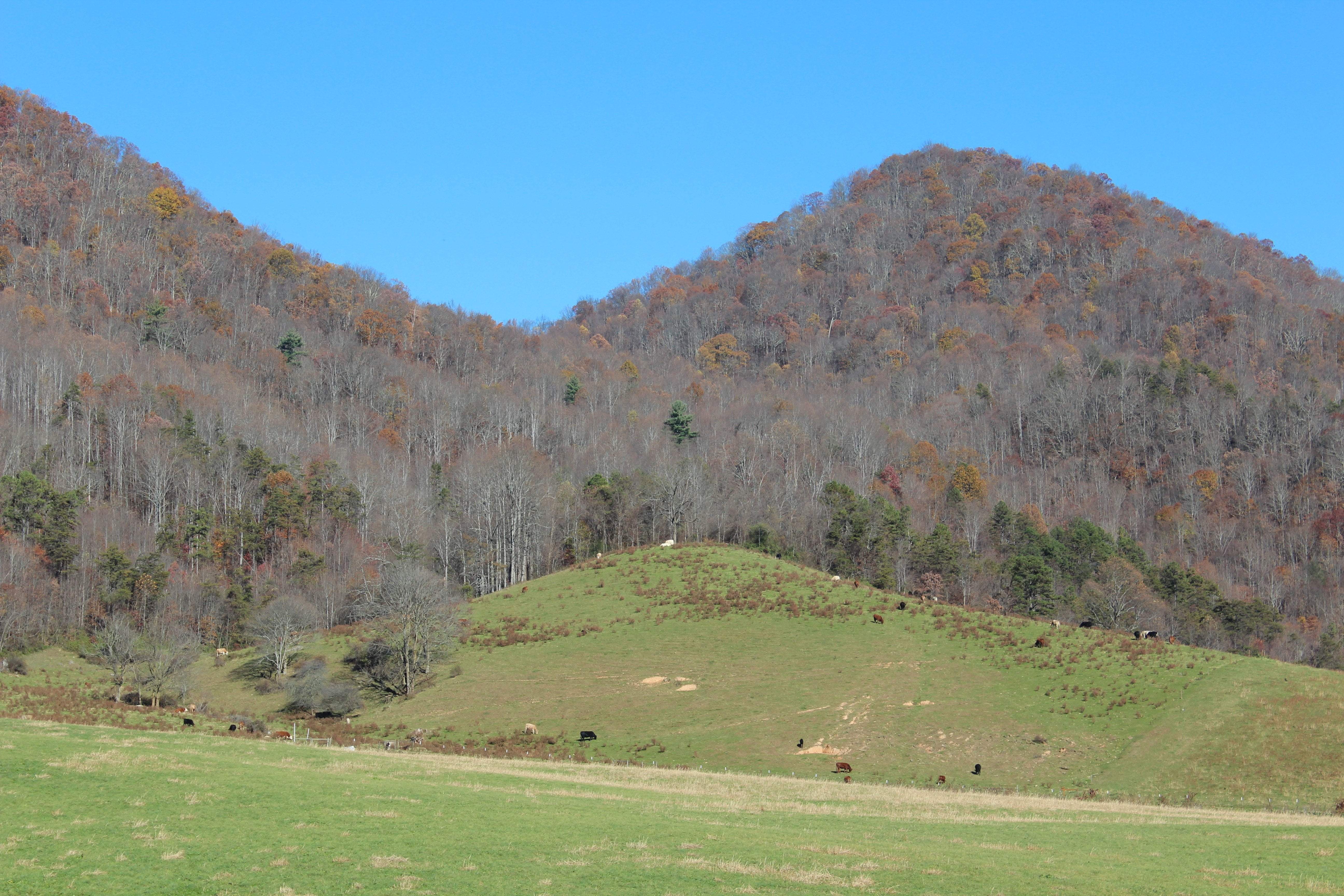Growing in Western North Carolina can be a lesson in patience and perseverance. Looking out the window, observing our lush natural world, it seems all that should be required would be good local, open-pollinated seed.
However the topography of these mountains create hundreds of unique climate and soil conditions. These are called microclimates. Frustrated home gardeners may see the neighbor across the valley with a bumper crop of Cherokee purple tomatoes, only to find their own withering on the vine.
Microclimates
Our team of gardeners at Sow True Seed sat down and chatted about what makes a successful garden in Western North Carolina. We believe that the key component is understanding the microclimates through observation and local research.
How do you do that? Start with observation. Spend time in your proposed garden spot observing the combination of variables that make it unique. Make note of the conditions and patterns at different times of day and in all seasons. It can be helpful to speak with neighbors who have gardens, as they may be able to provide insight on the weather patterns specific to your area. Consider the questions below.
Aspect
Which direction does the slope of your garden site face and where does the light and shade fall?
A south-facing garden will be warmer, receiving full sun throughout the year (winter included), while a north-facing garden will be cold and dark in the winter, slower to warm up in the Spring and therefore will have a shorter growing season. Look for shorter days to maturity when choosing varieties for that site (for example Table Queen Acorn Squash is only 87 days while Candy Roaster Squash is 115 days).
East-facing gardens warm up first and dry off the quickest (a plus for mildew-prone plants like cucumbers). West facing gardens tend to be hot and dry in the summer.
It is important to observe light patterns throughout the year, making note of how sunlight falls on different parts of your garden in the different seasons. A camera can help you remember – take a picture at the same time/same place each month. In our highly forested region, also make note of tall trees or shrubs that might shade your garden space.
Wind
Which way does it tend to blow? The hills and mountains of WNC are infamous for creating interesting wind patterns in the valleys. It’s important to note the prevailing wind patterns as they change over the year. If they are particularly harsh in your garden, consider adding windbreaks.
Rainfall
How much and what times of year does it rain most? When are the dry times? The microclimates within Western North Carolina can create dramatically different rainfall accumulation amounts for different areas, sometimes varying a few inches within a couple of miles. Talking to your neighbors, observing weather patterns and putting up a rain gauge can all be helpful ways to get to know this aspect of your microclimate.
Soil Conditions
What is the quality and composition of your soil? It can varies greatly from hillside to creek bank, from the edge of a pine forest, to the edge of parking lot. Before starting to garden in a new location, it’s always a good idea to have your soil tested. Check with your local Agricultural Extension Agency for help with this.
These mountains are one of the most biologically diverse places on earth. No matter your microclimate, gardening here has vast potential. Learning the aspects of your particular piece of land will give you the knowledge necessary to give it the support it needs and take advantage of it’s special qualities.
Now, go get your seeds started!
| |
Article Written by: Angie Lavezzo |
|
About the Author: Angie Lavezzo is the former general manager of Sow True Seed. Beyond her professional role at Sow True, Angie's passion for gardening extends into personal hands-on experience, fostering plants and reaping bountiful harvests. |


